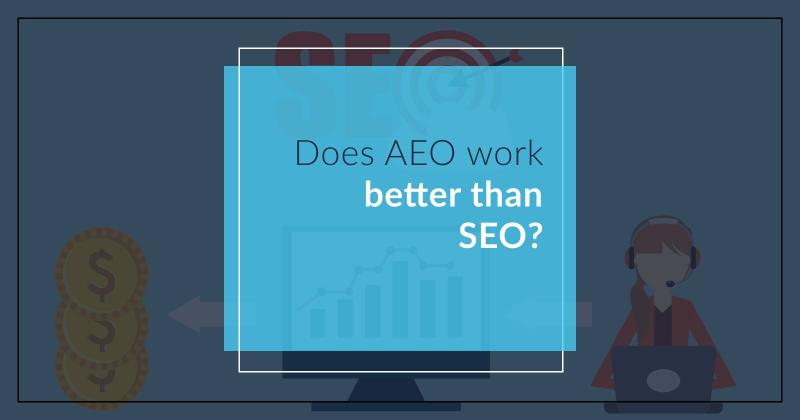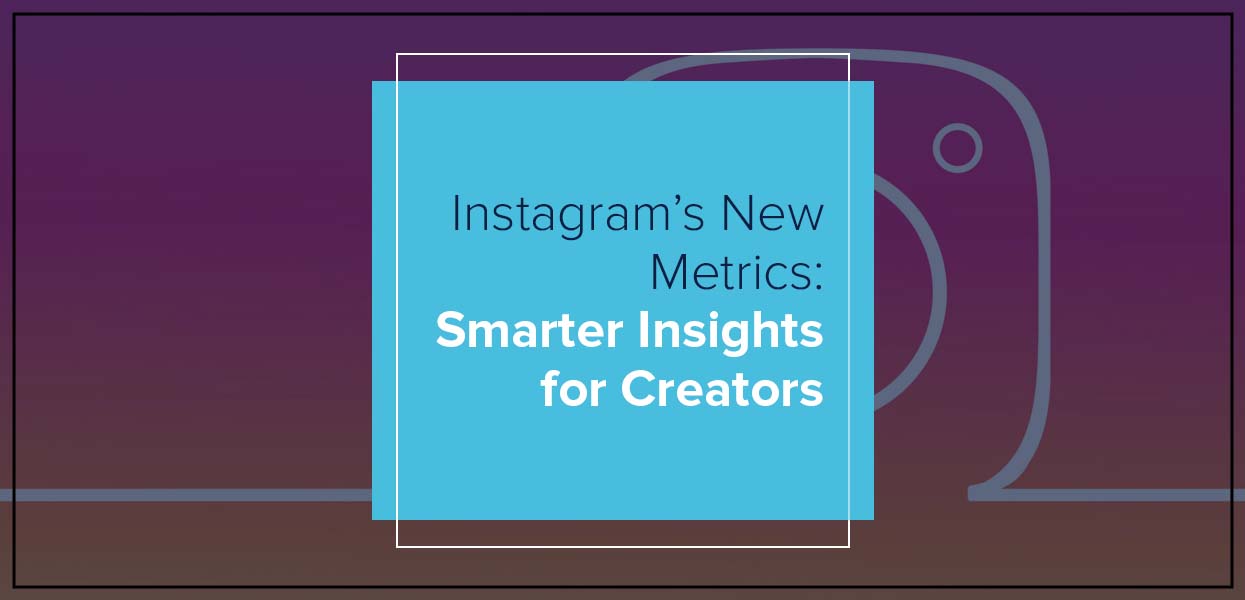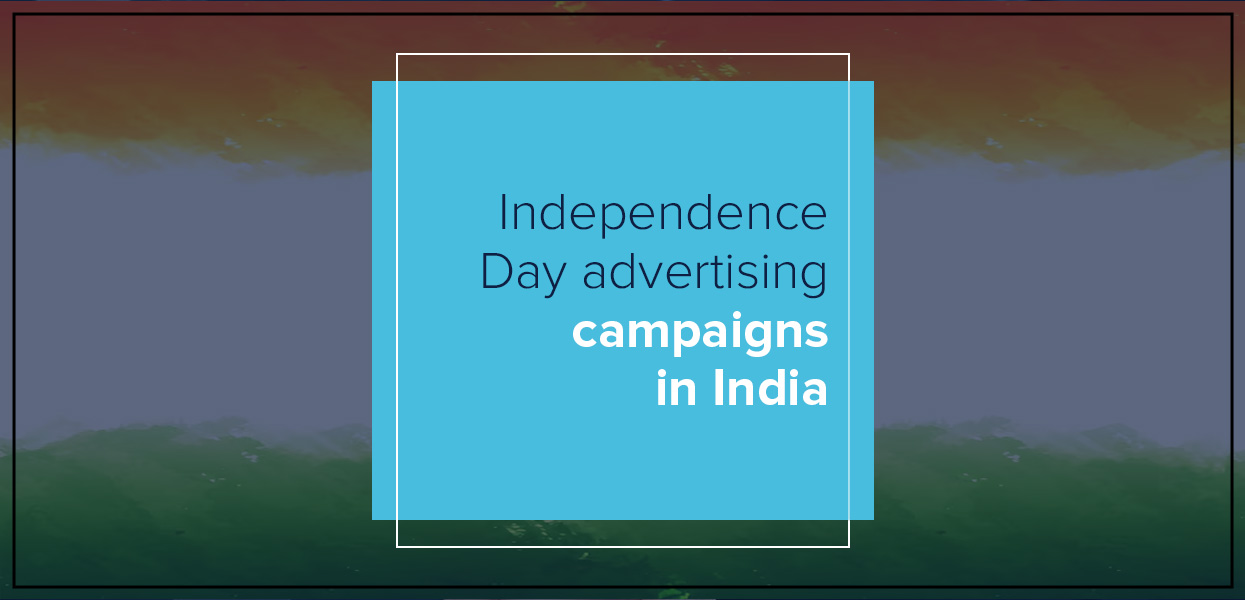Does AEO work better than SEO?

Is AEO Better Than SEO for Increased Visibility?
Are you also continuously looking for ways to improve your business's visibility on search engines?
The most common strategies for increasing visibility are Search Engine Optimization (SEO) and Answer Engine Optimization (AEO).
While both focus on improving a website’s presence, they differ significantly in their goals and techniques.
So, what’s the difference between SEO and AEO, and how do you use them effectively?
Let’s break it down.
What is SEO (Search Engine Optimization)?
SEO, or Search Engine Optimization, is the practice of optimizing your website to rank higher on search engine results pages (SERPs).
It focuses on improving both the quantity and quality of organic traffic by making your site more visible to search engines like Google, Bing, and Yahoo.
There are several key components to SEO, including:
Keyword Research: SEO starts with understanding the terms and phrases that people are searching for. This involves researching keywords related to your business, products, or services, and incorporating them into your website content.
On-page Optimization: This refers to optimizing elements within your website such as meta tags (title, description), headers, images, and internal linking to make them more search-engine-friendly.
Off-Page Optimization: This includes building backlinks from high-authority websites to boost your website’s credibility and authority in the eyes of search engines.
Technical SEO: Ensuring your website is properly structured for search engines to crawl and index its pages efficiently. This includes optimizing site speed, fixing broken links, and improving mobile-friendliness.
SEO’s goal is to increase organic rankings, drive traffic to your site, and ultimately increase conversions or sales.
What is AEO (Answer Engine Optimization)?
AEO, or Answer Engine Optimization, is a relatively new concept that has emerged alongside the rise of Google’s “Answer Boxes” or "Featured Snippets." Unlike SEO, which focuses on driving traffic to a website, AEO aims to get your content featured as the direct answer to a query that appears on the search engine results page itself, without the user needing to click through to a website.
With the growth of voice search and more advanced AI systems, search engines like Google are prioritizing providing direct answers to users' queries. AEO focuses on optimizing content so that search engines can easily pull relevant information to display as a featured snippet or answer box at the top of the search results.
Key aspects of AEO include:
Structured Data: AEO requires your content to be presented in a way that is easy for search engines to understand. This might involve using structured data or schema markup to provide clear, concise answers to specific queries.
Concise, Direct Answers: AEO places emphasis on providing a short, direct, and clear response to a question. This content is usually a paragraph, list, or table that directly answers a user's query.
User Intent: With AEO, the focus is on answering specific questions that users are likely to ask, rather than just driving traffic to a site. This means creating content that aligns with user intent and solves their problem quickly.
Voice Search Optimization: With the rise of smart devices like Siri, Alexa, and Google Assistant, voice search is becoming a significant part of search behavior. AEO is especially important in optimizing your content to appear as a spoken response to voice search queries.
 Key Differences Between SEO and AEO
Key Differences Between SEO and AEO
While SEO and AEO might seem similar, their strategies and objectives vary:
Focus on Visibility vs. Direct Answers: SEO’s primary focus is to drive users to a website by ranking well in search engine results. On the other hand, AEO focuses on providing immediate answers to queries within the search results themselves.
Click-Through vs. No Click: With SEO, the goal is to encourage users to click through to your website to find the information they need. AEO aims to display your content directly in the search results, meaning users often don’t need to visit your website at all.
Content Presentation: SEO involves optimizing content for relevance and keyword ranking, while AEO requires that content be presented in a precise, digestible manner—ideal for search engines to extract and display as an answer box or featured snippet.
Voice Search Optimization: AEO is particularly geared towards optimizing content for voice search queries. With SEO, while voice search may be considered, it’s not as central to the strategy.
Techniques and Tools: SEO strategies revolve around improving your website’s authority, optimizing for target keywords, and enhancing the user experience. AEO, in contrast, focuses on creating question-based content, using structured data, and ensuring that content is easily digestible by search engines.
When Should You Focus on SEO?
If you’re running an online store or a blog where your goal is to drive traffic to specific pages for conversions (such as purchases or lead generation), SEO should be your primary focus. SEO is crucial for building your site’s authority, ranking for competitive keywords, and improving the user experience, which ultimately leads to more traffic and conversions.
When Should You Focus on AEO?
If you want to quickly provide value to your audience by answering their specific questions directly in the search results, AEO is a great option. It’s particularly useful for businesses that want to establish themselves as the authority on a particular topic and capture users who are seeking quick, specific answers. AEO is also essential for businesses aiming to optimize for voice search, as people often use voice assistants to ask questions directly.
How to Optimize for SEO and AEO Together?
It’s not about choosing one over the other—SEO and AEO can and should work together for optimal results.
Here’s how:
Create Quality Content: First and foremost, both SEO and AEO require high-quality, relevant content. This is the foundation of any digital marketing strategy.
Optimize for Featured Snippets: Structure your content to answer specific questions concisely, which increases the chances of being featured in an answer box.
Use Structured Data: Implement schema markup to help search engines better understand your content and improve your chances of appearing in rich snippets.
Focus on User Intent: Whether optimizing for SEO or AEO, always focus on what the user is searching for and tailor your content to meet their needs.
Leverage Analytics: Use tools like Google Analytics and Google Search Console to track your rankings, user behavior, and engagement. This helps you refine your strategies for both SEO and AEO.
Conclusion
In the end, both SEO and AEO are essential for digital marketing, but they serve different purposes. SEO helps drive traffic to your website and improves its authority, while AEO aims to get your content featured directly in the search results, providing instant answers to user queries.
By understanding these strategies and implementing both SEO and AEO, you can enhance your online presence and stay ahead of the competition.
If you’re looking for expert help optimizing your website for SEO and AEO, Uniworld Studios, a boutique digital marketing agency, can help you achieve your digital marketing goals.
Contact us today to create a personalized strategy that will boost your website’s visibility and drive targeted traffic.
Categories
- Digital Marketing
- Website Development
- Graphic Design
- Content Writing
Latest Posts
-
- Essential Marketing & Advertising Keywords 2025



